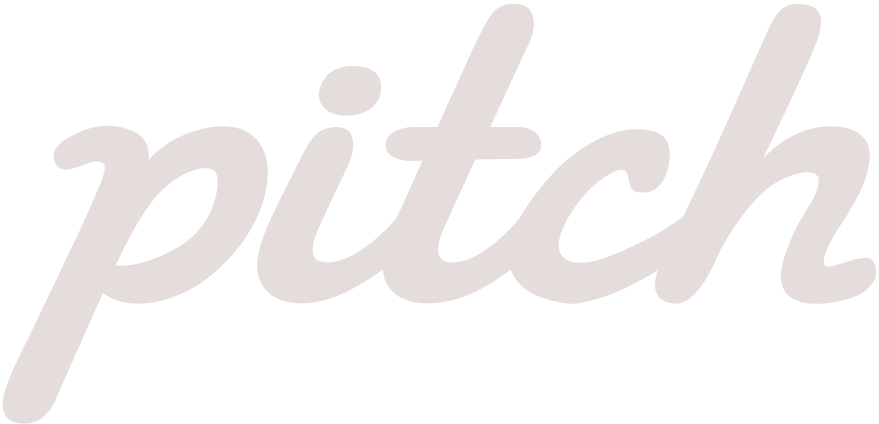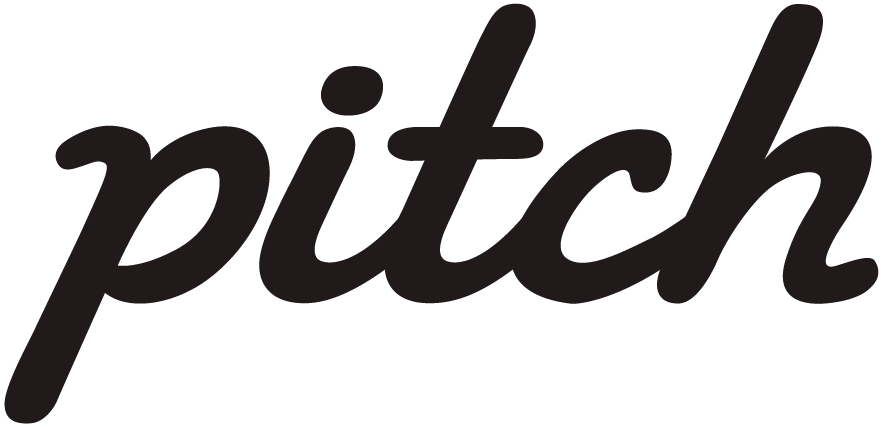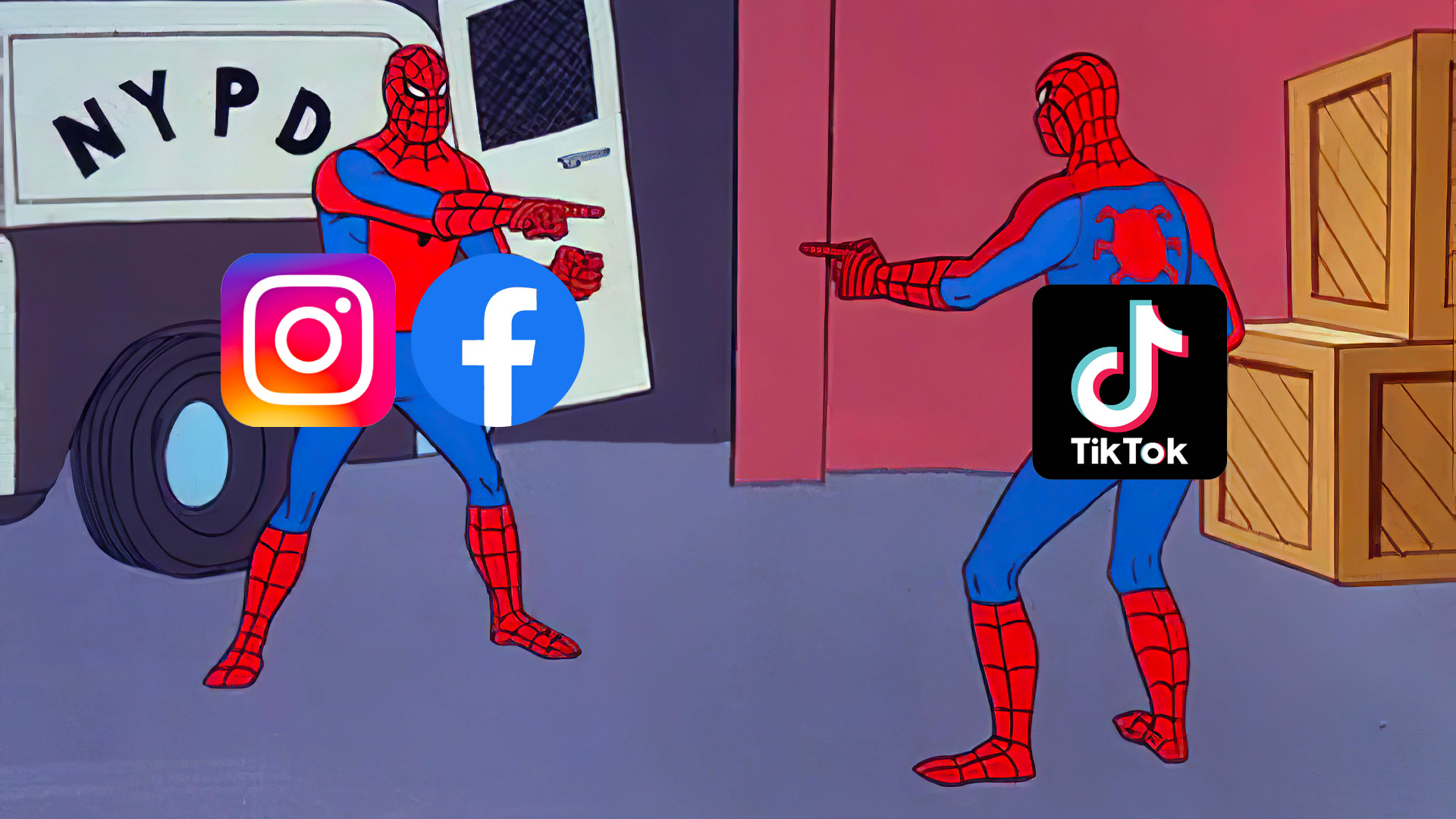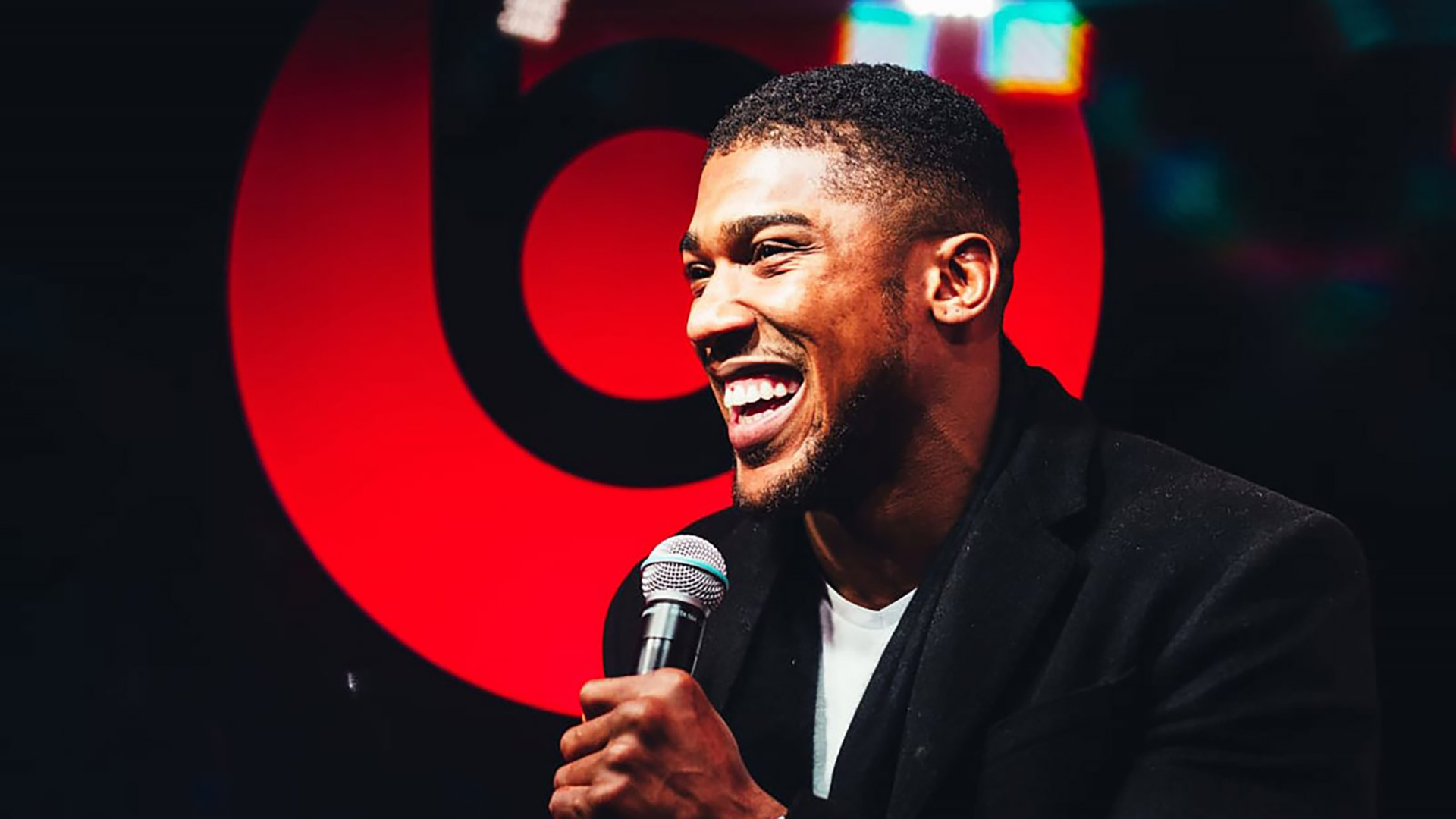By Paddy Tyldesley and Ed Brittain
Last week, Facebook announced a complete revamp to their news feed, splitting the main UI into two sections. A ‘Home’ feed focusing on recommended content to keep you entertained (like TikTok) and a new ‘Feeds’ tab, where you can view the latest posts in different categories, such as ‘Favourites’, ‘Friends’, ‘Groups’, etc.
It was the latest in a series of ‘TikTok-style-updates’ from Meta; however, IG lovers thought it was one step too far this time. Led by Instagram powerhouses Kim Kardashian & Kylie Jenner, the ‘Make Instagram, Instagram Again’ petition got enough publicity for Instagram CEO Adam Mosseri to address it. (We’ll be launching MIGIGA hats soon)
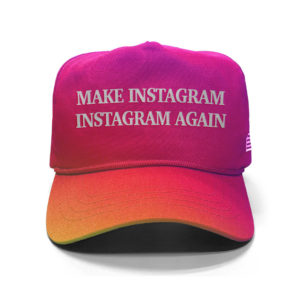
But, before we dive further into this, let’s first understand why Facebook is copying TikTok.
Simply put, TikTok is killing it.
The Chinese-owned entertainment platform has been the top app on the App Store every quarter since Q1 2021. In the UK, 18-to-24-year-olds spend as much time on TikTok as Facebook, Instagram, and WhatsApp collectively. To compound this, Facebook recorded its first-ever quarterly decline of daily users globally in Q4 of 2021. Therefore, the cause for concern at Meta HQ is for good reason.
TikTok is more than just pretty numbers, though – it’s a commercial powerhouse. To complement impressive user growth, TikTok has also seen tremendous success in ad revenues. With Twitter & Snapchat in its wake, TikTok now has YouTube set firmly in its sights & is expected to surpass it by the end of 2024.
Additionally, the ByteDance-owned app is holding its own against Meta in the arms race to get creators to call their platform home. Facebook & TikTok have both created $1 billion creator funds to incentivise creators to their platform. TikTok has also successfully integrated in-app virtual coins. These allow creators to be tipped & promoted by the community, arguably giving them the edge.
It also became the first app to beat a game in consumer spending in a given quarter – Facebook’s version, ‘Zuck’sBucks,’ is yet to take off.
The bottom line is whilst creators can attract their followers to a new platform, it’s a very competitive space, so they need to be where their audience is to not lose ground.
So, now, re-visiting the Kardashian-supported ‘Make Instagram, Instagram Again’ campaign, it is perhaps a little clearer some of their motivations behind it. Sure, they may love Instagram for what it was, but whilst the Kardashians will always be ‘big fishes’, a ‘new ocean’ is gaining a lot of traction, and they aren’t the whales.
So now we understand more about the threat TikTok provides to Meta’s years of social dominance – is the copycat strategy smart for Facebook?
On the surface, it’s not a good sign when some of the world’s biggest influencers openly call out your platform. But despite Kylie Jenner & Kim Kardashian’s combined 686 million followers on Instagram, Mosseri has made it clear that the data contradicts The Kardashian’s wishes.
This shift towards videos & recommended content is the platform’s data-backed, most effective approach. So as the CEO, Mosseri must ignore perception to an extent and decide on the route that gives the app the best chance to defend its market leader position.
Despite this, a CopyCat strategy is a risky approach. (Just Google BlackBerry Storm) But, perhaps the biggest problem that this strategy may run into is that in an attempt to “be down with the kids”, Facebook may be turning their back on their core audience. After all, Facebook, not Instagram, is still the largest social media platform in the world & whether Facebook likes it or not, its audience is getting older.
In the UK, 24-35 year-olds are their largest audience (25.4%), followed by the 35-44 age range (19.1%). Only then is it the coveted 18-24-year-olds (18.2%). Meanwhile, in the US, the average age of a Facebook user is 40.5! Compare this to TikTok, whose Gen Z user base makes up 60% of its community.
Now, I hope we don’t offend too many people when we say that perhaps the slightly older demographics aren’t as digitally agile as their younger counterparts regarding drastic UI changes on a platform. So the question becomes, in an attempt to chase the trend, do Facebook alienate their customer? Only time will tell.
WHAT ABOUT THE BRANDS?
Well, in short, branded content will likely be harder to find. The discover home feed is now primed to serve recommended content; branded content will be harder to see. To see the content of brands they already follow, users must now navigate to the feeds tab. It’s another action for the user & another barrier to entry for branded content to be seen.
There is a flip side to this; if brands can create content that can make its way into the recommended feed, then perhaps brands will see reach on Facebook that they haven’t seen in a long time. After all, reach for brands on Facebook has been a struggle recently, with most pages on FB now seeing only a single-digit % reach on the platform.
So with all this being said, will this strategy work for Facebook & Instagram?
Whilst this highlights some of the problems they may encounter with this strategy, there is an argument to say it’s an intelligent approach by Facebook. When you have the financial resources & undeniable talent they have within their companies, why wouldn’t you do what a smaller competitor does? Just do it better. It’s historically been a successful tactic by market leaders in fending off up & comers.
Not to mention that if the FCC rule in favour of banning TikTok in Western Markets, Facebook/Instagram is in Position A to fill that TikTok-sized hole in many Gen Zer’s lives. However, something tells me it won’t be that simple.
One thing we do know is the move is happening. Vertical videos & recommended content is data supported user activity. It’s not just a case of numbers; this is direct evidence that this approach is what people want to see, regardless of the opinions of some massive names.
To find out more about how your brand can stay up to date with the latest social media trends, check out our Platforms service and take the next step in reaching your full marketing potential.
